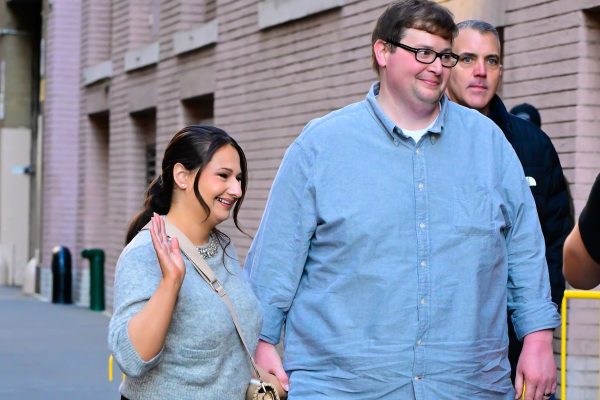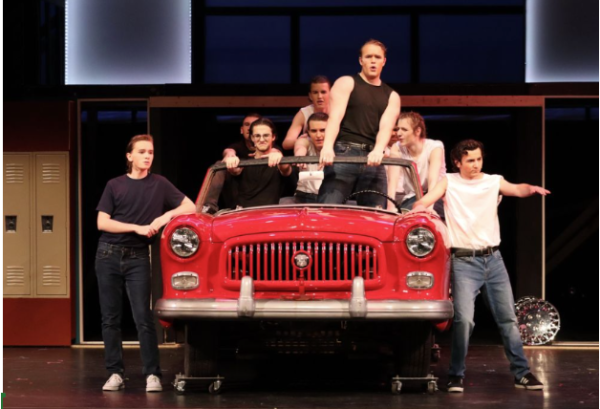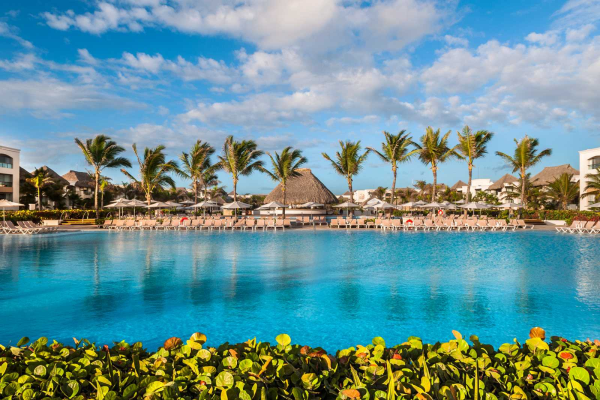The Boring Company
Image released by the boring company
Image from inside the Hawthorne test tunnel.
No matter what state in America you reside in, rush-hour traffic is something you probably experience everyday. With more than 253 million cars currently on the roads in the U.S., traffic has become a very extensive problem, hitting major cities like Los Angeles, Washington D.C., and New York the hardest.
There are different ways to suppress this problem, but none have effectively dealt with it. Car share services like Lyft and Uber have helped but can only do so much. Public transport offers another possible solution; however, it only can help people that have relatively short distance commutes. This leave us with the problem: how do we make our roads more fluid?
The first “innovative” solution that comes to most people’s minds is flying cars. This has been speculated about for years, in cartoons, movies, and other forms of pop culture. Although this may seem like a logical solution to the crowded streets, Elon Musk, founder and CEO of the Boring Company, disagrees.
Due to the mass amount of downward force needed to keep a hypothetical flying car in the air, Musk believes that it, “…would result in a lot of wind and noise for people on the ground.”
This, along with the added risk of accidents and falling debris, makes flying cars a possible, but not realistic, option.

One of Musk’s models of the proposed transport pods.
Elon Musk’s proposed solution is a hole. Through his brainchild company, the Boring Company, Musk hopes to dig, or “bore,” a hole to help combat the problem of traffic. Musk, who resides in Los Angeles, has become accustomed to the problem of traffic. With his proposed solution, dubbed “The Loop,” he hopes to one day dig a network of tunnels and holes directly underneath the city of Los Angeles. At multiple locations throughout the city, people will be able to access the tunnel through an elevator mechanism that lowers a compatible vehicle downwards and also doubles as a ventilation shaft. Although no work underneath any cities has commenced yet, Musk and the Boring Company have completed the construction of their first test tunnel in Hawthorne, California.
At the test tunnel in Hawthorne, Musk has already dug and tested his theoretical traffic solution. With a modified Tesla (one of Musk’s various other companies) Model X and a 1.14 mile strip of concrete tunnel running parallel to the headquarters of Space X (another one of Musk’s various other companies), speeds of 49 miles per hour were reached in testing done in December 2018. Musk claims that if the company can figure out a way to properly flatten the concrete base of the tunnel, speeds of 150 miles per hour can possibly be achieved.
One might ask how Elon Musk plans to go about implementing the loop system into the lives of everyday people. Some people may have questions…. “Will you have to own a Tesla to access the tunnel;” “How much will the tunnel cost to use;” “Where can you access the tunnel?”. Musk has plans to begin digging tunnels in three different locations in the United States: One in Los Angeles connecting straight to Dodgers stadium, one underneath Chicago, and one connecting Washington D.C. to Maryland. Originally Musk hoped to have electronic sled-like structures that cars could drive up to that would lower down into the loop, however, due to cost and technicalities that the Boring Company ran into, Musk determined that the best way to propel people through the tunnel would not be by cars sitting atop fast-moving sleds. The current course of action Musk is taking involves custom designed, one hundred percent electric “skates” based off of the Tesla Model X. Plans are to offer a fee of one dollar to ride a sixteen passenger, public vehicle, or four dollars to ride in your own private car.
Although not the convenience breakthrough originally conceived by Elon Musk, the future for the Loop system is still optimistic. Musk hopes that eventually, all Tesla owners will be able to purchase a package that equips their car with the necessary alignment wheels to travel down the tunnel, free of any other external structures. In addition, other electric vehicles could be fitted with alignment wheels to ride the track as well. Being that the track is underground, however, and ventilation would be limited, only electric cars with zero emissions would be able to make the commute.
Though the future for the loop system seems rather exclusive and use, for most, unobtainable, you have to look at the long term. With more and more of an emphasis being put on finding a fossil fuel replacements, and more attention being drawn to electric cars, specifically Musk’s own Tesla models, it will not be long until the dream of traveling at high speeds underneath major cities is a reality. At the rate we are polluting the air by burning natural gas, electric cars could soon be our society’s only option. If this electric future is in fact what we face in the years to come, implementing the loop system into cities across the U.S. would be made substantially easier and would be a very likely possibility.

View from inside the cockpit of a tesla model x, traveling through the hyperloop.
Regardless of if you are skeptical of the Boring Company’s plans or not, what they have been able to do so far, and what they plan to do in the future, should have you excited. With the dawn of a completely “electric-car society” upon us, it is only a matter of time until everyone is driving electric cars. When this happens, Musk, who will almost certainly play a crucial role in the advancement of electric cars into society, will also be able revolutionize the surface on which we travel. With prospects of a vibration-free, sound free, emission free transportation system being dug under Los Angeles in the distant future, it is only a matter of time until we are all riding Tesla’s at top speeds, hundreds of feet below the surface.










